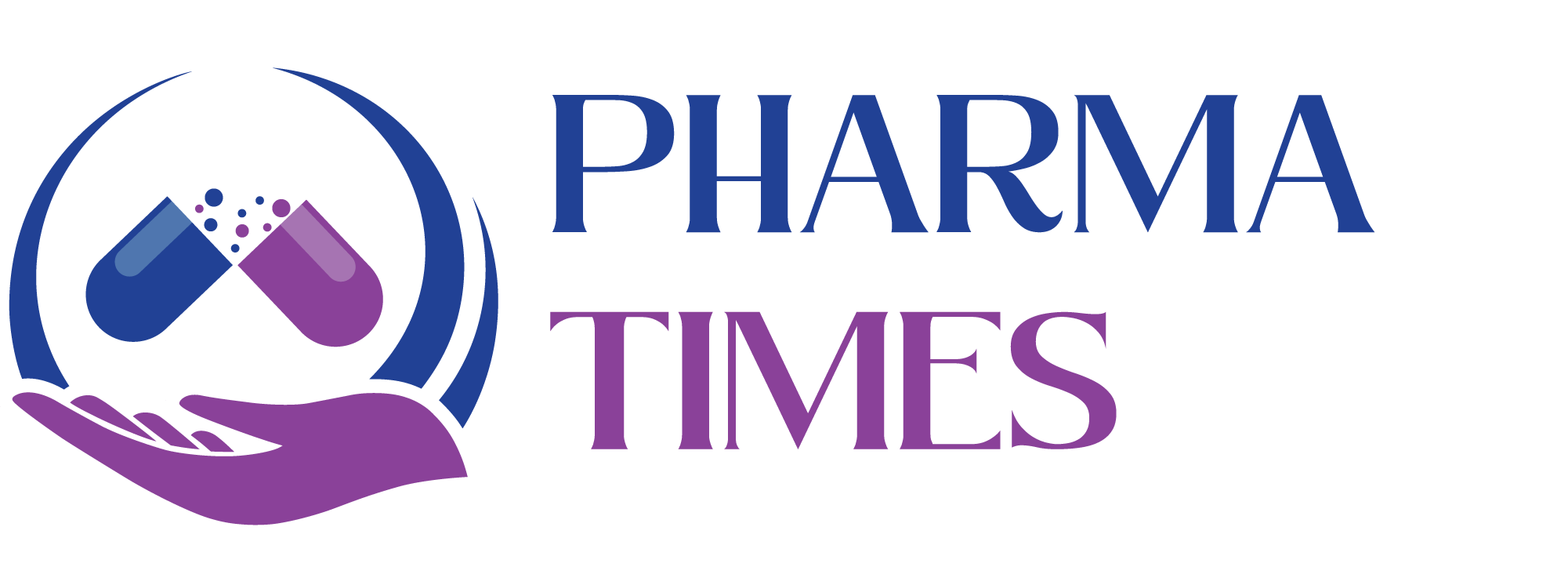Different Types of HPLC Detectors

Different Types of HPLC Detectors
1. UV/Vis Absorbance Detector
-
Principle: Measures absorbance of analytes at a specific wavelength (Beer-Lambert Law).
-
Types:
-
Fixed Wavelength UV (e.g., 254 nm)
-
Variable Wavelength UV
-
Diode Array Detector (DAD/PDA) – allows spectral scanning.
-
-
Applications: Compounds with UV chromophores (e.g., APIs, impurities).
-
Advantages: High sensitivity, widely used, cost-effective.
2. Fluorescence Detector (FLD)
-
Principle: Measures fluorescence emitted by analytes after excitation with UV light.
-
Applications: Highly sensitive detection of compounds like vitamins, proteins, drugs with native fluorescence or after derivatization.
-
Advantages: Selective and very sensitive (up to 100–1000× more sensitive than UV).
3. Refractive Index Detector (RID)
-
Principle: Detects changes in refractive index of the mobile phase caused by analytes.
-
Applications: Sugars, lipids, polymers, compounds without UV absorbance.
-
Advantages: Universal detector, simple to operate.
-
Limitations: Less sensitive, cannot be used with gradient elution.
4. Evaporative Light Scattering Detector (ELSD)
-
Principle: Mobile phase is evaporated, and light scattering from analyte particles is measured.
-
Applications: Non-volatile and semi-volatile analytes without chromophores (e.g., lipids, sugars).
-
Advantages: Detects compounds that UV or RID cannot.
5. Conductivity Detector
-
Principle: Measures ionic conductivity changes.
-
Applications: Ion chromatography, inorganic ions, ionic drugs.
-
Advantages: Highly selective for ionic species.
6. Mass Spectrometry Detector (LC–MS)
-
Principle: Ionizes analytes and measures mass-to-charge ratio (m/z).
-
Applications: Structure elucidation, trace-level quantification, pharmacokinetics, impurity profiling.
-
Advantages: High sensitivity, specificity, and qualitative/quantitative capabilities.
7. Electrochemical Detector (ECD)
-
Principle: Measures current produced by oxidation or reduction of analytes at an electrode surface.
-
Applications: Neurotransmitters, vitamins, certain drugs.
-
Advantages: Extremely sensitive for electroactive compounds.
8. Charged Aerosol Detector (CAD)
-
Principle: Nebulized mobile phase, charged aerosol particles detected.
-
Applications: Lipids, carbohydrates, peptides, polymers.
-
Advantages: Universal detection, gradient-compatible.

